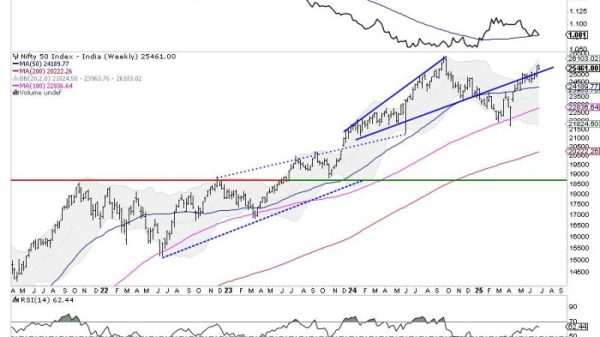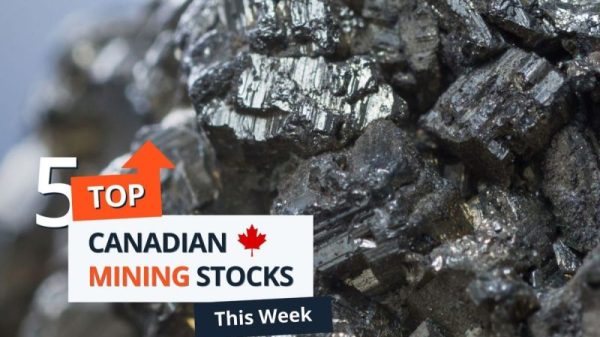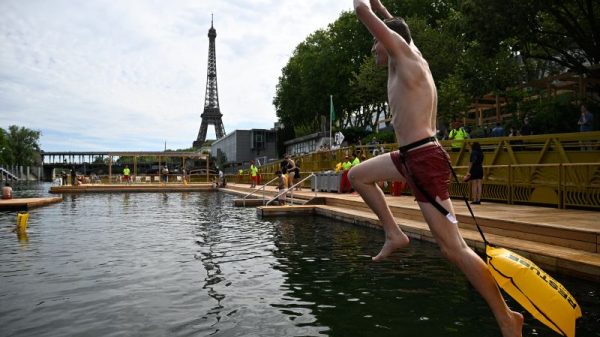Aluminum rockets and steel skyscrapers; slick high-speed shuttles and glassy facades: that’s how “the future” has been imagined for decades.
But that’s not what Koji Murata imagines. A researcher at Kyoto University in Japan, Murata has been exploring how biological materials could be used in space.
Murata wondered if he “could build a wooden house on the moon or Mars,” and decided to test the theory — by creating a wooden satellite.
Recent research from the National Oceanic and Atmospheric Administration (NOAA) found that 10% of atmospheric aerosol in the stratosphere contained metallic particles from spacecraft, including satellites. The long-term impact of these metal fragments is unknown, but scientists are concerned it could damage Earth’s fragile ozone layer.
Wooden satellites would be better for the planet while still providing the same functionality as their metal counterparts, says Murata.
“At the end of their life, satellites re-enter the atmosphere. The difference is, the wood in the LingoSat will burn up and eventually become a gas, whereas metals become fine particles instead,” says Murata.
It’s not just a pipedream: Murata and his team have been working on the project for four years and sent wood samples to space in 2021 to test the material’s resilience to space conditions.
Now, they are working with Japan’s space agency (JAXA) and NASA to send the prototype satellite, called LingoSat, into orbit early next year.
Magnolia, cherry and birch
For Murata, who is head of the space-wood project at Kyoto University, wood is an obvious choice for space structures.
“When you use wood on Earth, you have the problems of burning, rotting, and deformation, but in space, you don’t have those problems: there is no oxygen in space, so it doesn’t burn, and no living creatures live in them, so they don’t rot,” he says.
The strength per weight of wood is the same as aluminum which also makes it a compelling choice for space construction, Murata adds — and the team’s tests conducted at the International Space Station found that wood is remarkably resilient in outer space.
For the satellite, Murata tested three wood types: Erman’s birch — which is commonly found in East Asia — Japanese cherry and magnolia obovata — a species native to Japan. While cypress and cedar would be more common wood types for construction, the team “chose materials that could withstand as much detailed work as possible,” because of the small size of the satellites, says Murata.
Ultimately, the magnolia wood won, as its cells are small and uniform in size, which makes the wood easier to work with and less likely to split or break, he says.
Sustainable satellites
Humans have been putting satellites into orbit since the 1950s, with up to 100 spacecraft launched every year until 2010. But over the past decade, commercial launches have become more accessible and this number has increased dramatically, surpassing 1,400 new satellites in 2021. With the number of rockets sent to space likely to increase, the NOAA research projected that in the coming decades, as much as half of atmospheric aerosol in the stratosphere could contain metallic particles from spacecraft.
Other organizations are also looking to use wood in space.
Finnish startup Arctic Astronautics designed the WISA Woodsat, a wooden satellite that was supposed to be launched into space in 2021. However, company founder Jari Mäkinen says the launch has been held up by bureaucratic hurdles.
At Khalifa University in the United Arab Emirates, aerospace engineer Yarjan Abdul Samad is looking at graphene as a potential material for space objects.
Samad is exploring “nano-wood” — a low-density wood combined with graphene to improve its strength. Samad agrees with Murata that as a renewable and low-density material, wood has the potential to not just build satellites, but future space structures.
“There are many research (projects) going on for space agriculture,” says Samad. “If we have wood grown in space, it could be utilized for manufacturing in space.”
However, there are still a lot of unknowns about wood in space structures, says Tatsuhito Fujita, an engineer at JAXA who has been involved in reviewing the LingoSat project.
“The use of natural resources for space hardware (makes sense) from a sustainable development goals perspective, but since wood has never been used in satellites, we cannot tell what kind of benefit we can obtain at this moment,” says Fujita.
For JAXA and the J-Cube Program, the initiative launching the satellite, the priority is safety – and the LingoSat passed its preliminary evaluation with no critical concerns, says Fujita. “JAXA also hopes for lighter, stronger structural materials that are less likely to generate debris, and is conducting research to achieve this goal.”
To infinity
The LingoSat is in the final stages of its safety review and is expected to launch in a joint mission by JAXA and NASA in the summer of 2024. Murata says they will monitor the satellite for a minimum of six months, to see how it performs in space conditions — such as the extreme changes in temperature in space.
The researchers will monitor the satellite for at least six months as it orbits the Earth, as shown in this render. Credit: Kyoto University
“There is not much reduction in strength from minus 150 to 150 degrees Celsius (-238 to 302 degrees Fahrenheit), we confirmed that in our experiments,” says Murata. “But a satellite goes round the Earth and has these huge temperature differences in 90 minutes. We don’t know to what extent the satellite can withstand this intense, repeated cycle of temperature difference, so this has to be investigated.”
The team will also monitor its reactions to radio waves and magnetic fields, and how the wooden shell protects the satellite’s semiconductor and chip.
In theory, wood should be a cheaper material to manufacture from, although as a novel technology, Murata says they are still working out the costs.
So far, few materials have been used for space missions and objects, says Murata. He hopes that his research and the LingoSat can show the possibilities of other, lower-impact materials.
“It is a renewable, environmentally friendly, and people-friendly material,” says Murata. “I think wood could be used in space development, particularly as an interior material and for radiation shielding material, for small satellites and manned space vehicles.”







































